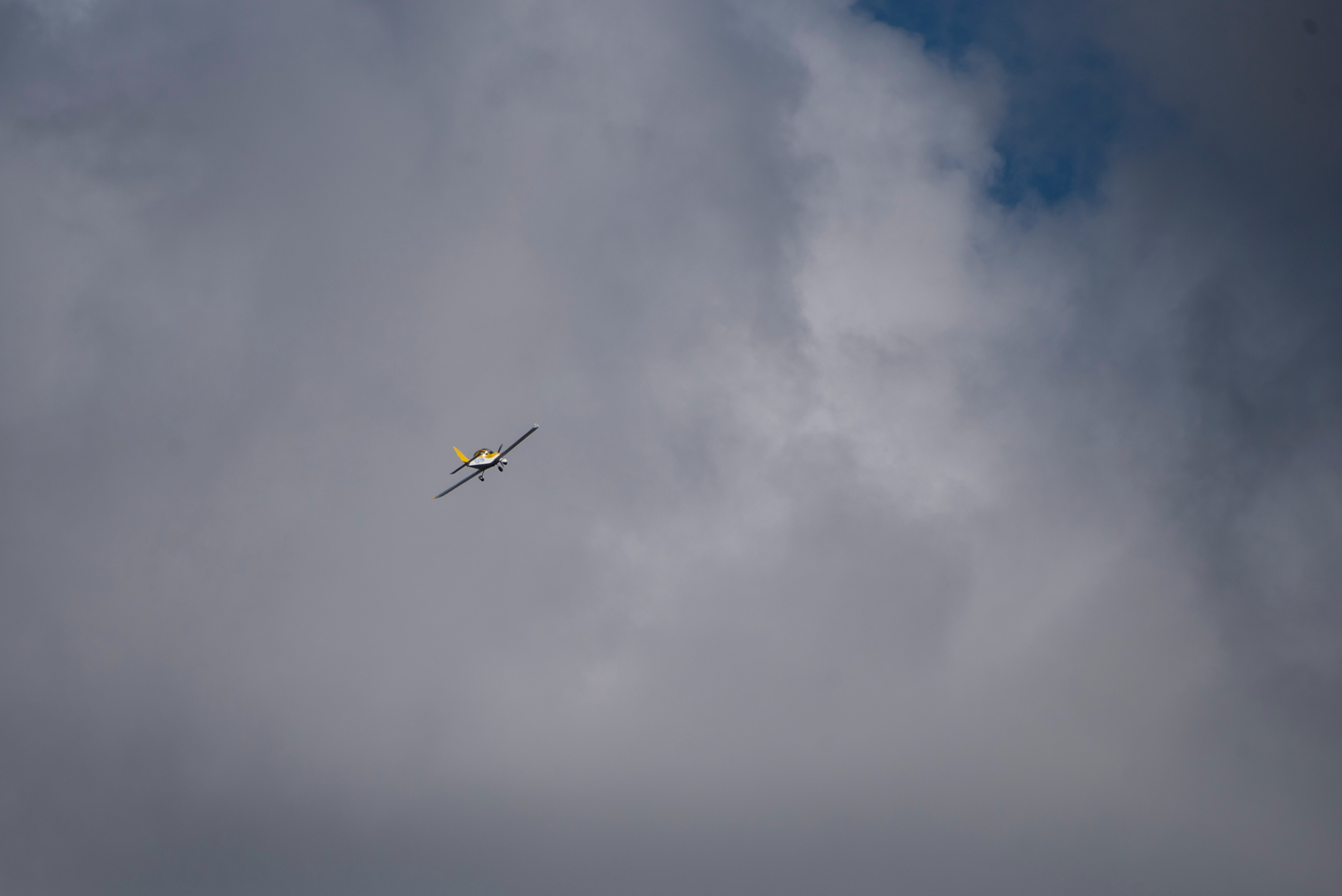Rising Above the Soup With an IFR to VFR-on-top Clearance
As a VFR pilot, have you ever found yourself grounded because of low ceilings but know that things are better just a few thousand feet above it? For the freedom it offers, earning your instrument rating, and being able to pop up through the clouds and head on your merry way can't be beat. However, with that opportunity comes IFR responsibilities and realities that you want to consider before you request an IFR climb to operate VFR-on-top. In this article, we'll look at what it is, how it works, and when to use it.
The Basics
To enter the clouds in controlled airspace, a pilot must be instrument-rated, instrument current, and fly an instrument-legal aircraft. IFR to VFR-on-top is not available in Class A airspace and certain other airspaces (e.g., restricted), but just about anywhere else, ATC can give you a requested clearance to climb through IMC to a fix, by which time you must be in VMC.
You can request the clearance from FSS out of a non-towered airport, and they will relay the ATC clearance back to you. If you're departing from a towered airport, it's faster to ask Ground or Clearance delivery for the request, specifying your direction of flight. You'll receive a tops report if one is available, a clearance limit, an altitude, and a request to announce when you have reached VFR conditions. You should advise ATC with a tops report at that time, either to verify the one they gave you or to give them an initial height. At this point, they will provide VFR direction vectors to get you on your way.
If you are GPS-equipped, ATC will likely provide vectors direct to the fix. If you only have VORs, they'll give heading and radial intercept instructions. In either case, you'll be able to get airborne and not be limited by the clouds (unless you are still in IMC by the time you reach your clearance limit). If it's not VMC, ATC will have to route you somewhere within the IFR system. However, this may not be so easy.
The Complexities
For example, pilots departing KSMO (Santa Monica, CA) will typically request the SADEE climb to SADEE intersection, approximately 16 nm west along the Malibu shoreline. They can escape the LA fog basin and be on their way in short order. However, if they are still in IMC or unable to stay in VMC (by maintaining VFR on top or flying VFR aside from the clouds) by the time they get to SADEE, they may find themselves being vectored 39 nm south to Seal Beach VORTAC (SLI) or some other distant point to remain out of the way.
Another important point to consider before requesting IFR to VFR on top is lost communications. If you've only been cleared to a specific fix, such as SADEE in the previous example, what would you do if the screens went dark and the headphones went silent? You might want to reconsider requesting IFR to VFR-on-top if the tops were considerably high and dense in the area. It’s better to file an IFR flight plan to an airport in your desired direction of flight, giving yourself a prudent plan B.
However, if a tops report is unavailable, use your flight planning software to obtain a satellite image of the fix to which you’re cleared. If the imagery isn't clear in the area, file to an airport along your direction of flight where it is VMC, and then cancel your IFR as you get closer to those improved conditions.
Getting Started
If you've never used an IFR clearance to VFR-on-top before and want to know how to get out of your airport, do your homework ahead of time. FSS can usually tell you if there is a standard fix that ATC will clear you to based on your direction of flight, and Clearance or Ground can likewise usually spare a moment for you to inquire on a VFR day to gather information for future use.
Used with proper planning, IFR to VFR-on-top is a very effective tool and one of the best perks of being instrument-rated. You're no longer grounded due to IMC that precludes the use of a special VFR departure, and the skies are once again yours. Rehearse the procedure in a flight simulator, get familiar with what to expect, and you'll be on your way before you know it.
Share this
You May Also Like
These Related Articles

4 IFR Training Tips To Help You Start Flying in the Clouds

Simplify Your Instrument Rating by Mastering These 6 Tasks
